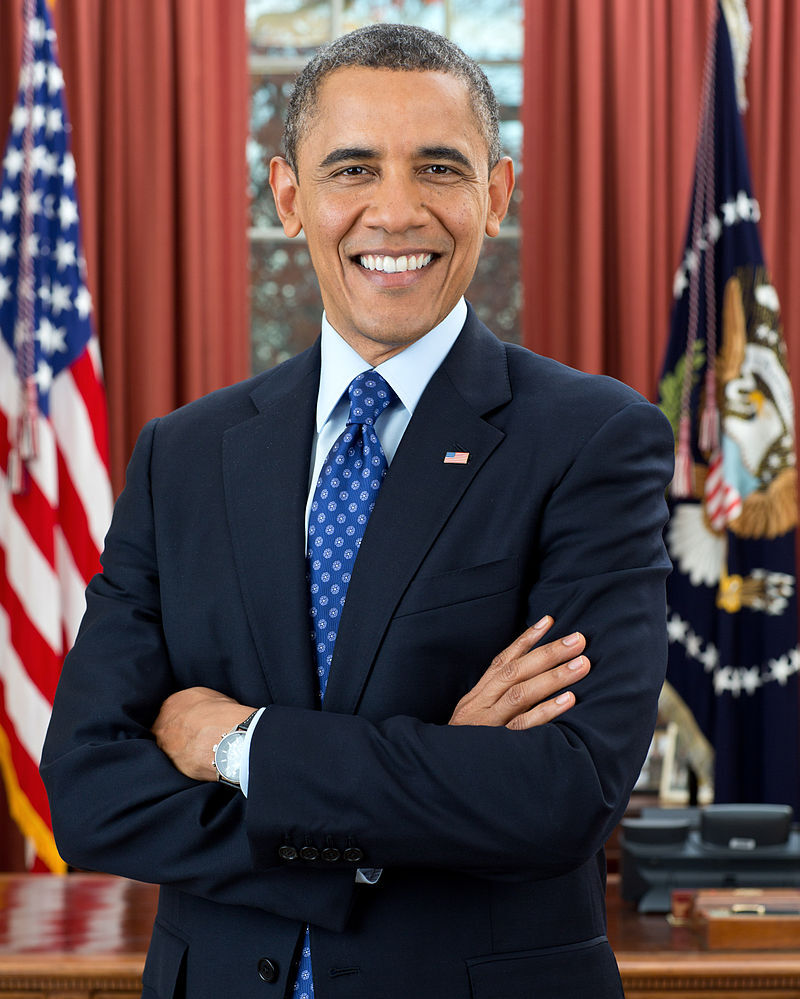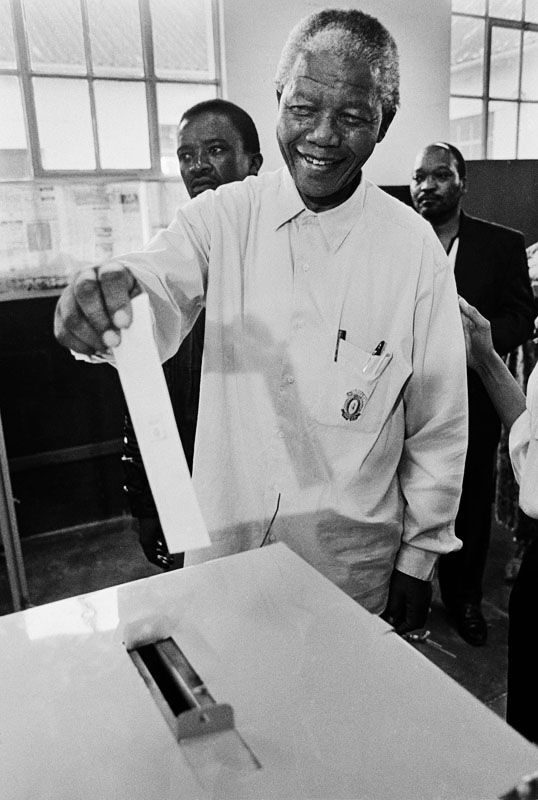In 1865, a law was passed in the United States putting an end to slavery. However, black people, formerly slaves, were still not recognised as equal to white people. They lived with segregation and discrimination. They try to have their rights recognised by non-violent means: by forming associations, taking part in demonstrations and using boycotts. For example, following a situation of injustice, blacks decided to boycott public transport in Montgomery, Alabama, in 1955.
A boycott is the action of refusing to buy or consume a product or service from a company or country.
For example, a person may boycott a product from a company that uses child labour, because this is against their personal values.
In South Africa, during the same period, after peaceful attempts to gain recognition for their rights, black rights activists turned to more radical means, sometimes using violence to defend their cause. In 1976, police opened fire on demonstrators in the town of Soweto. A riot broke out and dozens of people lost their lives.
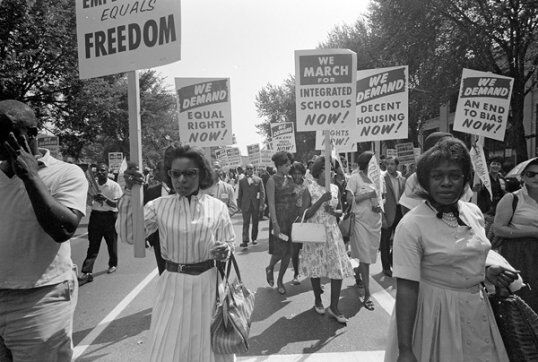

Rosa Parks was a pioneer in the fight against racial segregation in the United States. On 1 December 1955, she entered the bus and, contrary to the racial laws established at the time, sat in the first benches of the bus, reserved for whites. She even refused to give up her seat to a white man. After a violent altercation, the police arrested Rosa Parks and fined her.
Following this event, a certain Martin Luther King encouraged the population to boycott public transport in the city of Montgomery, where Rosa Parks was arrested. Rosa Parks' courageous act gave a new lease of life to the fight against racism in the United States.
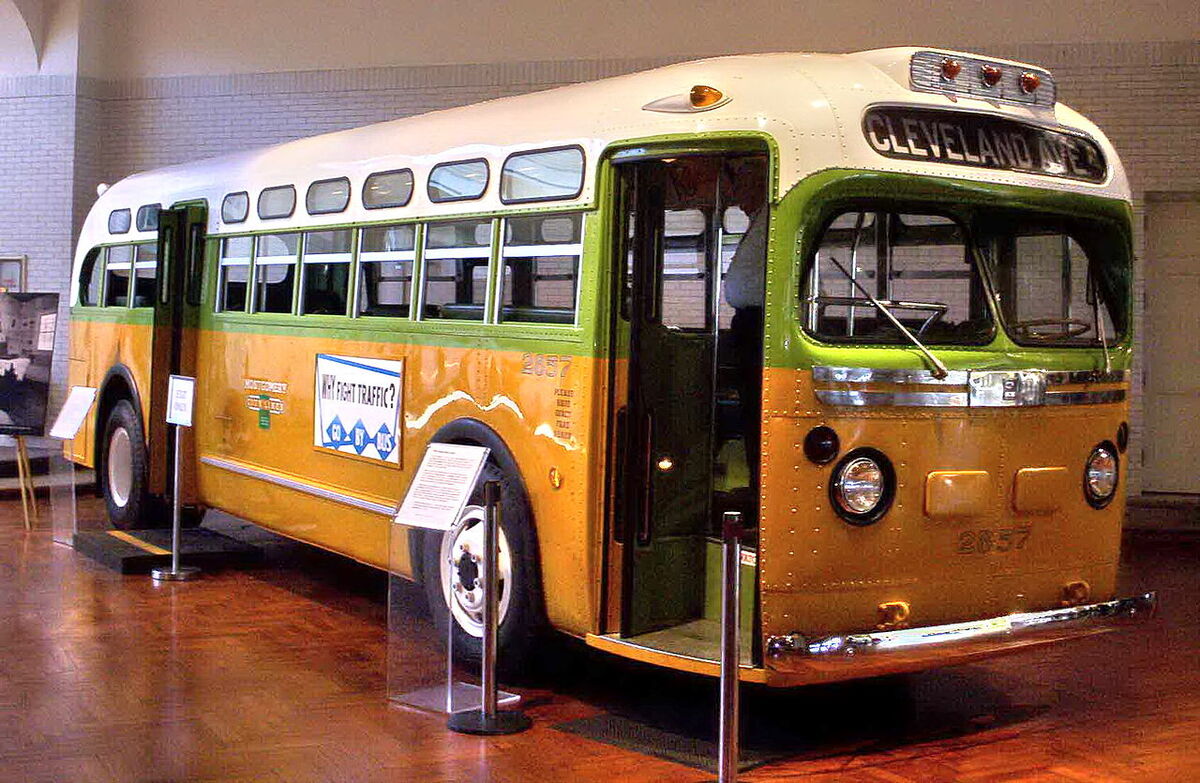
Martin Luther King was an African-American Baptist minister. He is best known as a non-violent activist who dedicated his life to the civil rights of black people in the United States. He organised and led several actions to defend the right to vote, desegregation and employment for ethnic minorities.
His speech entitled I have a dream, which he gave on 28 August 1963 in front of the Lincoln Memorial in Washington, became famous. Martin Luther King was awarded the Nobel Peace Prize in 1964, making him the youngest recipient of the award.
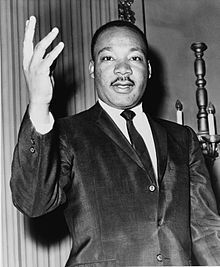
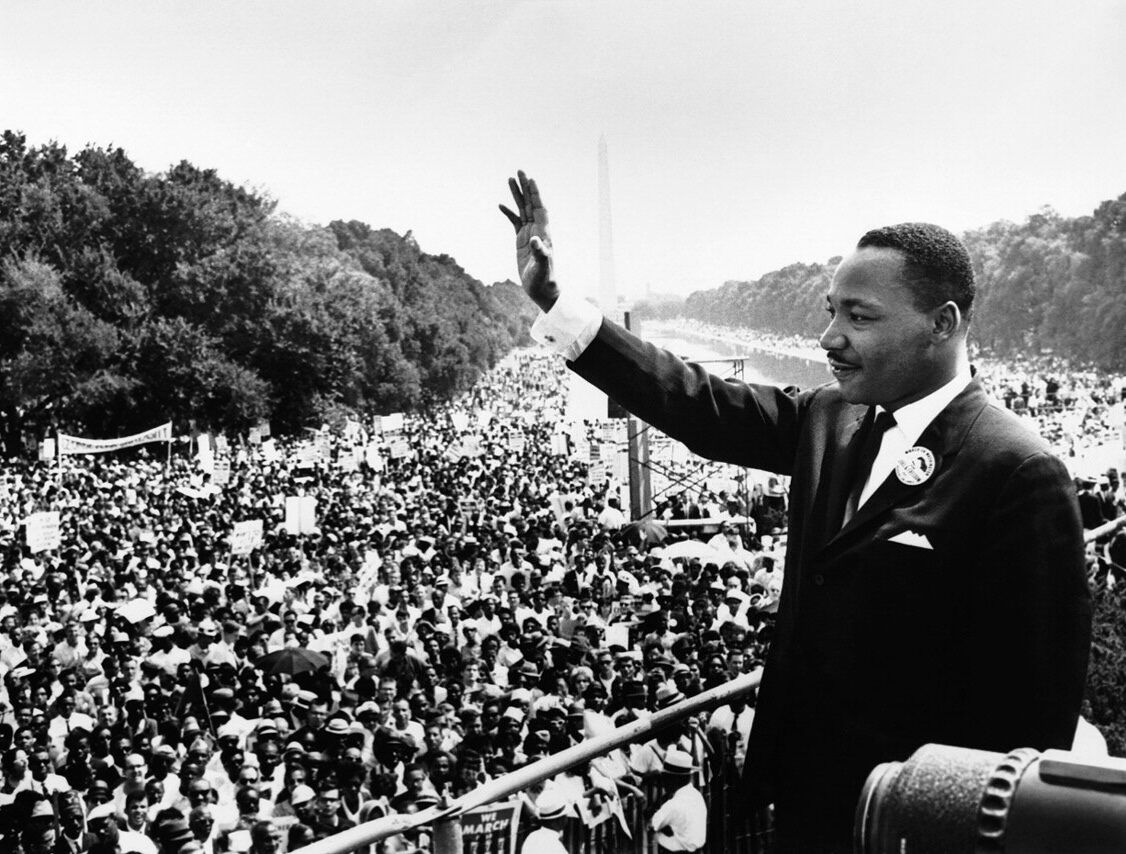
Nelson Mandela was an activist in the fight against apartheid in South Africa. He became a politician at the end of his career, becoming the first black man to become President of the Republic of South Africa. Throughout his life, Mandela defended the rights of black people by advocating non-violence. Despite this, he was arrested. The South African authorities imprisoned him for over twenty years, where he suffered physical and psychological violence. Even in prison, Nelson Mandela became a global symbol of the fight against racism.
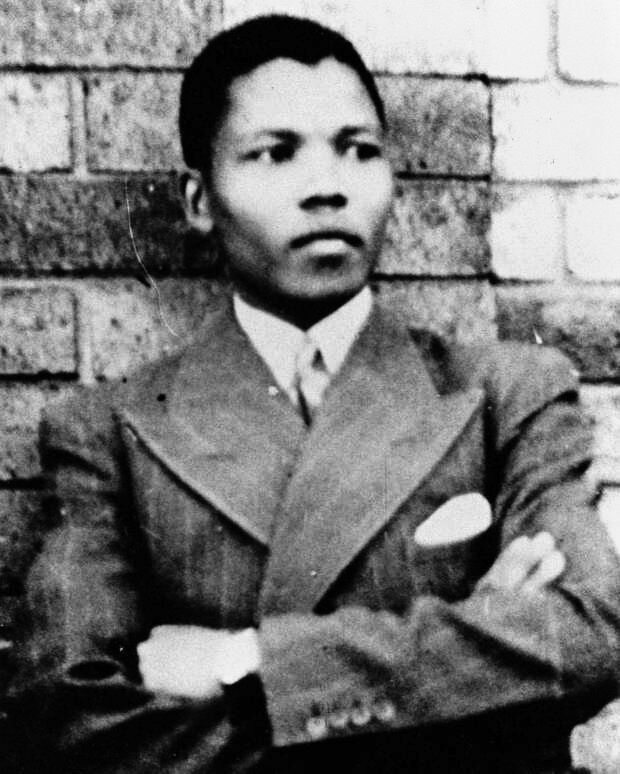
There are two forms of opposition to the fight against racism. On the one hand, the authorities of the countries in power have sometimes used repression to put an end to demonstrations for black civil rights. Violent riots broke out in South Africa during rallies organised by Nelson Mandela. In the United States, following the bus incident, Rosa Parks was intimidated by the courts into ending her fight against racism.
On the other hand, racist groups such as the Ku Klux Klan, which advocate segregation and white superiority, threaten activists to renounce their beliefs. Martin Luther King was assassinated in 1968 by a racist American.
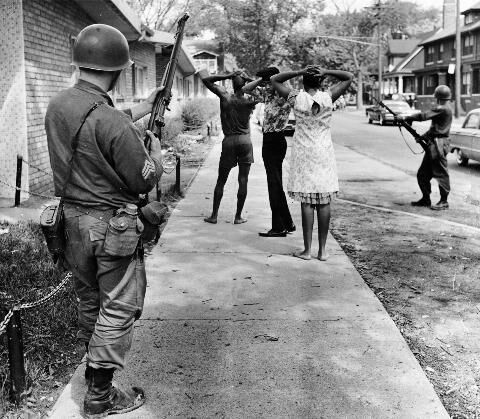
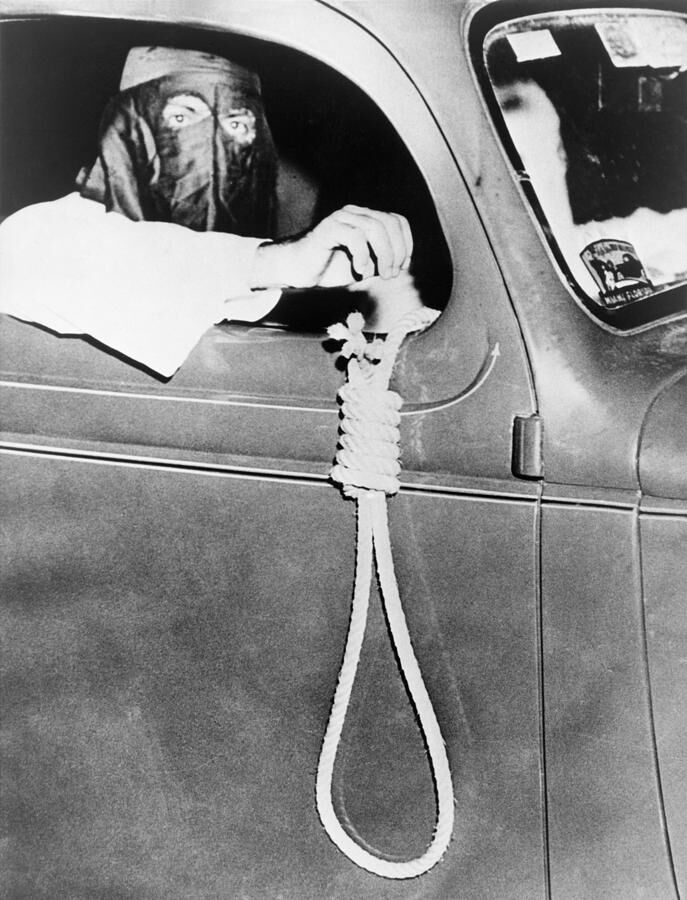
The fight against racism in the United States and South Africa has not been in vain. Activists succeeded in changing values and laws in their respective countries. In 1964, the United States passed the Civil Rights Act. This law prohibited segregation in public places. A year later, in 1965, the Voting Rights Act gave black Americans the right to vote. Despite the fact that racism still exists today and that people are campaigning against this injustice, society's values have changed greatly and the situation of black people in the United States has improved considerably. Barack Obama, an African-American, became the first black President of the United States in 2008.
In South Africa, following international pressure, apartheid was abolished in 1991. A few years later, in 1994, the first multiracial elections (in which both whites and blacks could vote) were held and Nelson Mandela became the first black president of South Africa.
